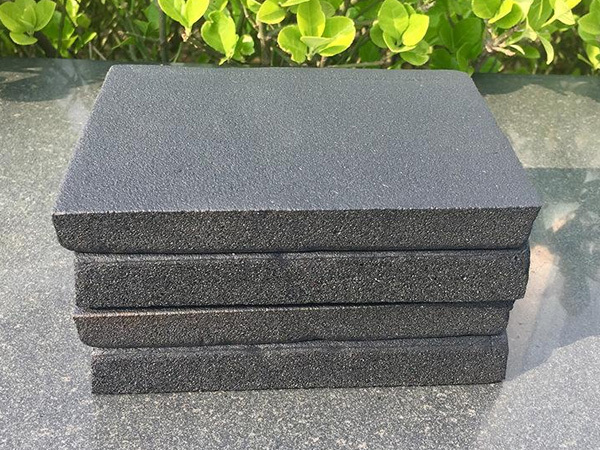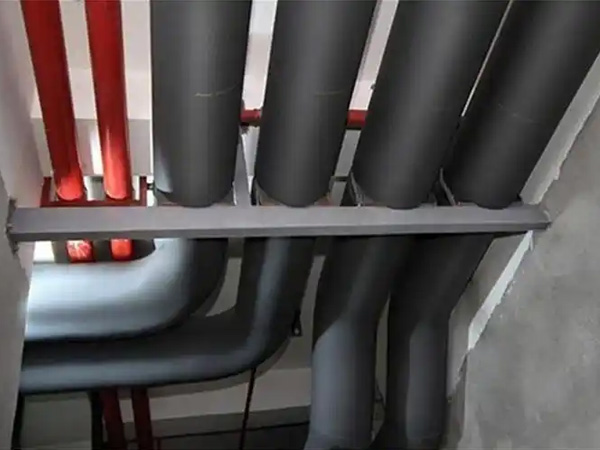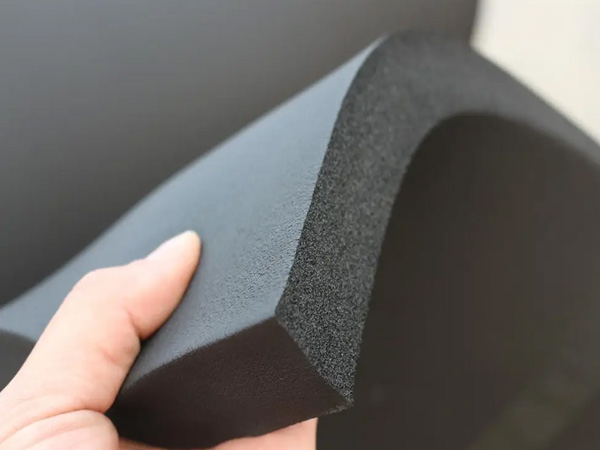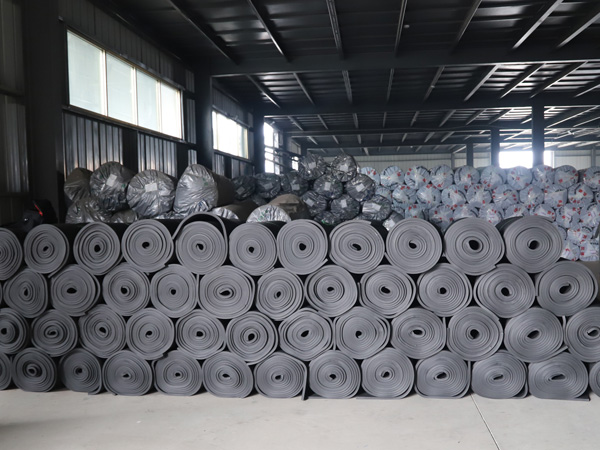What challenges does phenolic aldehyde board face when used in humid areas?
2025-06-18 14:48:13
Phenolic boards, while known for their excellent fire resistance and thermal insulation properties, face several challenges when used in humid regions. These challenges primarily stem from their material composition and structural characteristics, which can affect their performance and durability in high-humidity environments.
One of the main issues is moisture absorption. Phenolic boards are composed of phenolic resin and reinforcing materials, and the resin component has a certain affinity for water. In humid areas, the boards can absorb moisture from the surrounding environment, leading to an increase in their moisture content. This moisture absorption can cause the boards to swell, deform, and even delaminate, compromising their structural integrity and dimensional stability.
Another challenge is the potential for mold and mildew growth. The moisture retained within the phenolic boards creates a favorable environment for the growth of microorganisms. Mold and mildew not only degrade the appearance of the boards but can also produce unpleasant odors and pose health risks to occupants. Additionally, the growth of these microorganisms can further weaken the boards, reducing their lifespan and performance.
Furthermore, the presence of moisture can affect the thermal insulation properties of phenolic boards. Water is a good conductor of heat, and when the boards absorb moisture, their thermal conductivity increases. This means that the boards become less effective at insulating against heat transfer, potentially leading to higher energy consumption for heating or cooling purposes.
To mitigate these challenges, several measures can be taken. Firstly, it is essential to select high-quality phenolic boards with low moisture absorption rates and good resistance to mold and mildew. These boards should be manufactured using advanced processes and materials that enhance their durability and performance in humid environments.
Secondly, proper installation and maintenance practices are crucial. Phenolic boards should be installed with adequate ventilation to allow for the dissipation of moisture. Additionally, regular inspections and maintenance should be carried out to detect and address any signs of moisture damage or mold growth promptly.
Lastly, in extremely humid regions, it may be necessary to consider alternative insulation materials that are better suited to such conditions. For example, materials with closed-cell structures or those treated with moisture-resistant coatings may offer better performance in high-humidity environments.

OurFlame Retardant Rubber Foamis a premium closed-cell elastomeric insulation material engi...

OurRubber Pipe Insulationis a high-performance solution designed specifically for HVAC pipi...

Rubber Foam Insulation Sheet – Product Introduction Premium Flexible Insulation for Therm...

Specially engineered for refrigeration applications, ourElastomeric Rubber Insulationprovid...



